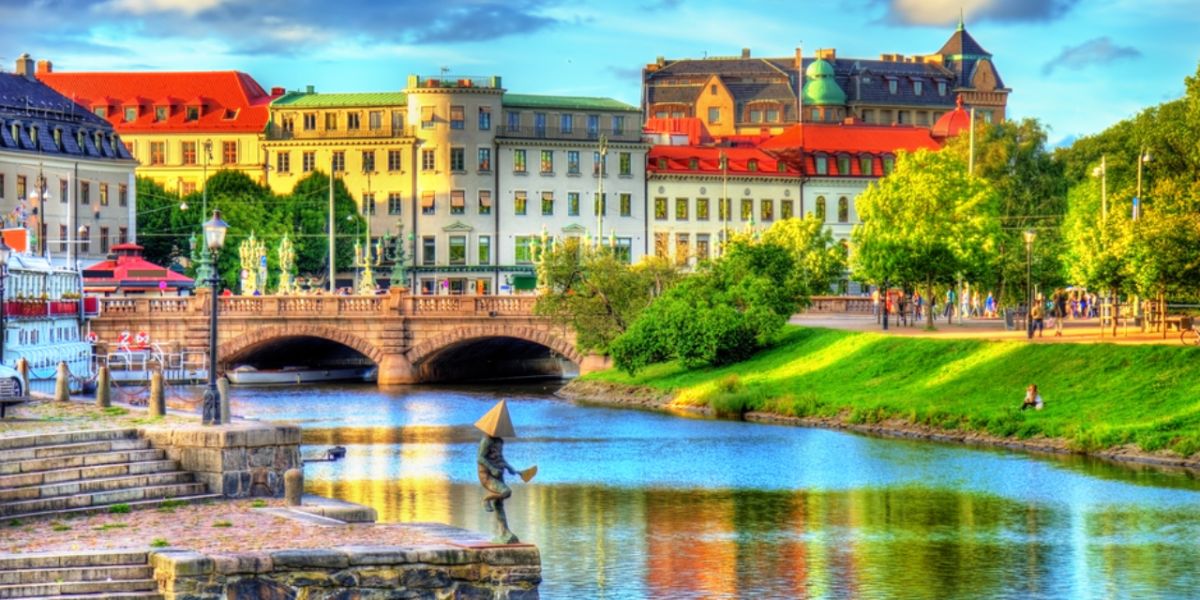
If you are looking for accommodation in Sweden, here are some tips to guide you.
With a population of 10 million, Sweden may be considered sparsely populated. But of these 10 million, 3.5 million people live in Stockholm, Gothenburg and Malmö (the country's three biggest cities). Finding accommodation in Sweden can be therefore quite complicated and time-consuming, as many municipalities face a shortage of housing, but it's not impossible. You just need to start your search well in advance.
How to find accommodation in Sweden
Begin by choosing the most appropriate city and neighbourhood for you and your family, and identifying the types of housing units available there. As a general rule, you are more likely to find a variety of spacious housing units in smaller cities, even in the countryside. Rent prices, for their part, are usually higher in the major cities. Being the Swedish capital, Stockholm is the most densely populated city in the country, followed by Gothenburg, Malmö and Uppsala. On the plus side, major cities like these are very popular with expats, especially those who have moved there to work ' so it will probably be easier renting an apartment without a Swedish civic number or ID.
Good to know: As Sweden has a great public transport system, many people find it better (and less expensive) to live in smaller towns or outskirts and commute to work to a big city nearby.
Once you decide on the location, you should start looking at what is available on the official accommodation agency (bostadsförmedling) of your chosen municipality. This system has been set up to help people find accommodation, and it usually prioritises senior citizens and students. Depending on how compact the housing market is in the area, there may be a waiting period of 1-3 months before being able to find an apartment.
Of course, you should also check out classified ads on the Internet and in local newspapers as well as general housing websites, or register with a real estate agency which can better help you find accommodation according to your criteria and budget.
Good to know: It is best to be on the spot to find accommodation in Sweden. In fact, the owner will request for your personal identification number, as well as other documents such as your payslips as proof of fixed wages, before signing the lease contract.
What you need to know about the lease
In general, you can choose between first-hand and second-hand lease (or sublease) ' which are known as förstahandskontrakt and andrahandskontrakt.
If you rent first-hand, you will sign either a temporary or a long-term lease contract directly with the owner. In the case of a sublease, you will be renting the accommodation from the current tenant, with the owner's consent. This is a quite common practice in Sweden, especially in the major cities. You will pay the same rent as the one paid by the original tenant. You are more likely to find furnished housing units for sublease than for lease. This practice has the added benefit of it being more likely to find an apartment even without a Swedish civic number or ID.
You should be very careful, when signing the lease, as it should contain details such as whether you are allowed to change the colour of the walls, whether pets are allowed in the building (many buildings in Sweden are considered 'allergy-free' so you will not be allowed to have a pet), if there is any furniture etc. In case of any dispute regarding rent or conditions, you may appeal to the Regional rent and tenancies tribunals.
Good to know: In Sweden, a guarantee deposit is not compulsory. However, owners (or sub-letting tenants) may request you to pay the equivalent of one month's rent as a deposit.
Useful links:
Regional rent and tenancies tribunals
Blocket
Bostaddirekt
Andrahand
Hyalya
Hyra bostad
We do our best to provide accurate and up to date information. However, if you have noticed any inaccuracies in this article, please let us know in the comments section below.








